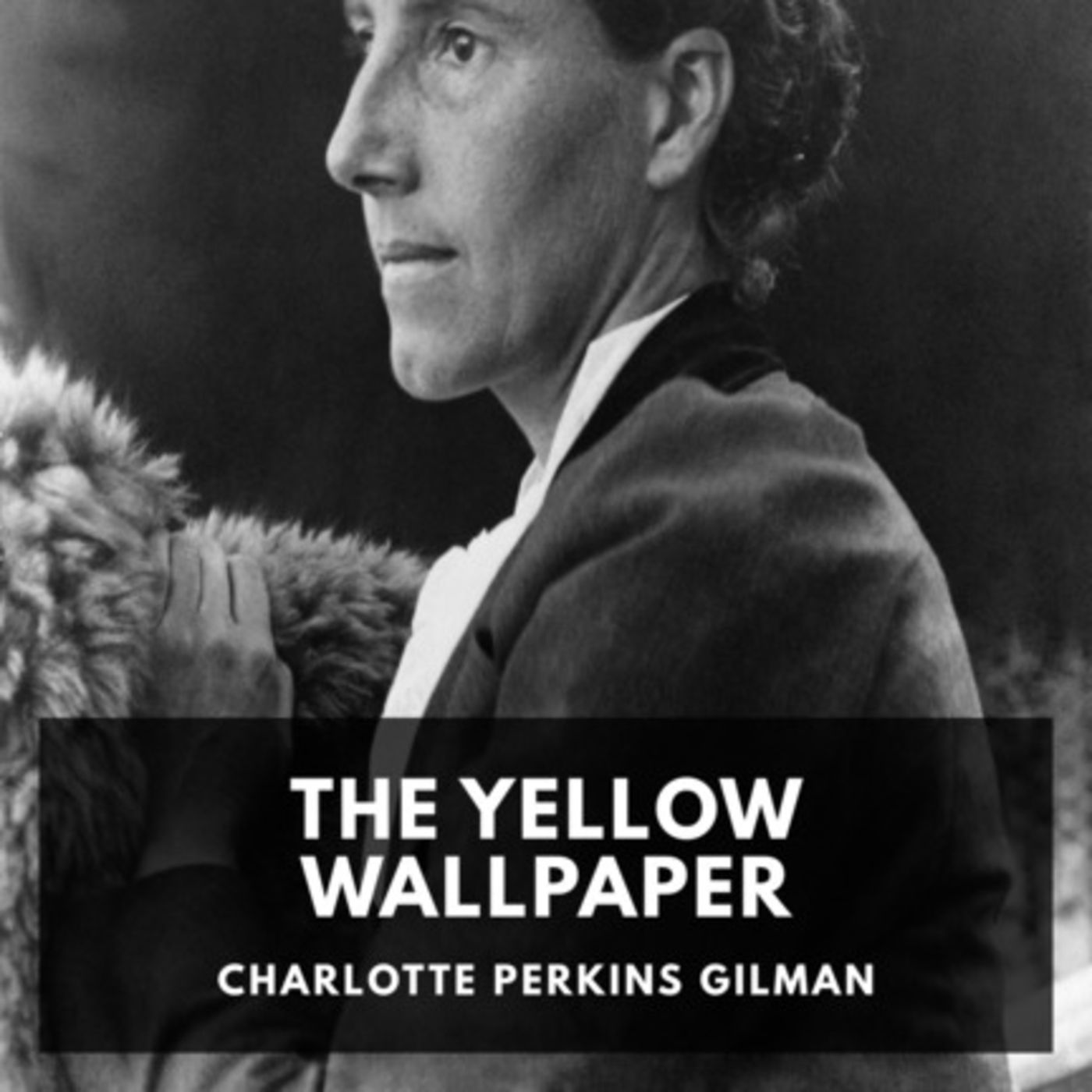The Yellow Wallpaper by Charlotte Perkins Gilman

b'This is the audiobook version of The Yellow Wallpaper by Charlotte Perkins Gilman, read by Michelle Sullivan. The only difference is that I cleaned up the recording (removed the narratorial introductions, reduced silences, etc.) slightly. You can get an ebook version for free (or whatever price you\'re comfortable with) here: https://librecron.com/product/the-yellow-wallpaper-by-charlotte-perkins-gilman
When The Yellow Wallpaper (original title: The Yellow Wall-Paper: A Story) was first published in 1892, women still couldn\\u2019t vote in the United States. No, that would come decades later in 1920 with the passage of the 19th Amendment. Women\\u2019s suffrage has been a centuries long process, really picking up speed in the late 19th century. It was around this time that Charlotte Perkins Gilman penned what would be considered one of her most influential works, and one of the most important works of early American feminist literature.
The Yellow Wallpaper is told in the first person and is centered around an unnamed woman. Her husband has rented a mansion for a summer and they take the old nursery room which is covered in yellow wallpaper. John, her husband, is a physician and prescribes her bed rest to try and cure her \\u201ctemporary nervous depression\\u201d \\u2013 a common diagnosis for women at the time. Whether or not the narrator actually suffers from it, it was used to explain a multitude of problems that a woman at the time might\\u2019ve been experiencing. The treatment \\u2013 bed rest \\u2013 has long been prescribed as a treatment for any number of illnesses, but has not been medically proven to be beneficial to any of them; if anything, it might actually worsen a patients condition.
Gilman suffered her narrators woes herself. She suffered from years of depression and her doctor, Silas Weir Mitchell, prescribed her the treatment he had pioneered \\u2013 the rest cure. Gilman was required to do nothing except rest \\u2013 meaning she also could not write. She lasted 3 months on the treatment before nearly suffering a mental breakdown. It was after that that she wrote The Yellow Wallpaper.
Upon its release, the short story was published in the January 1892 New England Magazine after being rejected by Horace Scudder at the Atlantic Monthly. He, and others, rejected it for essentially being to horrifying \\u2013 an odd complaint considering that Americans welcomed horror authors such as Edgar Allan Poe and others that wrote about insanity and mental instability. It wasn\\u2019t until the 60s and the rise and progress of second-wave feminism that it (and works by other female authors) was rediscovered and surged in popularity. Since then, it has been a mainstay in anthologies and collections.
When The Yellow Wallpaper first came out, it was treated as a horror story. Even now, it\\u2019s a difficult question to answer: is it more horrifying as a work of fiction where the narrator loses her mind, or as an autobiographical short story where the author almost lost her mind?
You can watch a short film adaptation of the story here. To read similar short stories, The Treasury of the Fantastic is a great starting point. To read more of Gilman\\u2019s works, this Oxford World\\u2019s Classic anthology is a great starting point.
---
Support this podcast: https://anchor.fm/librecron/support
This show is part of the Spreaker Prime Network, if you are interested in advertising on this podcast, contact us at https://www.spreaker.com/show/4505040/advertisement'